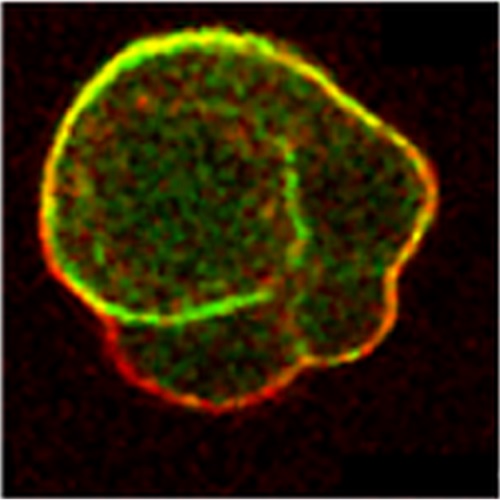Control of directed cell migration in vivo by membrane-to-cortex attachment.
Cell shape and motility are primarily controlled by cellular mechanics. The attachment of the plasma membrane to the underlying actomyosin cortex has been proposed to be important for cellular processes involving membrane deformation. However, little is known about the actual function of membrane-to-cortex attachment (MCA) in cell protrusion formation and migration, in particular in the context of the developing embryo. Here, we use a multidisciplinary approach to study MCA in zebrafish mesoderm and endoderm (mesendoderm) germ layer progenitor cells, which migrate using a combination of different protrusion types, namely, lamellipodia, filopodia, and blebs, during zebrafish gastrulation. By interfering with the activity of molecules linking the cortex to the membrane and measuring resulting changes in MCA by atomic force microscopy, we show that reducing MCA in mesendoderm progenitors increases the proportion of cellular blebs and reduces the directionality of cell migration. We propose that MCA is a key parameter controlling the relative proportions of different cell protrusion types in mesendoderm progenitors, and thus is key in controlling directed migration during gastrulation.

- PLoS Biol. 2010 Nov 30;8(11):e1000544
- 2010
- Cell Biology
- 21151339
- PubMed
Enabled by:
